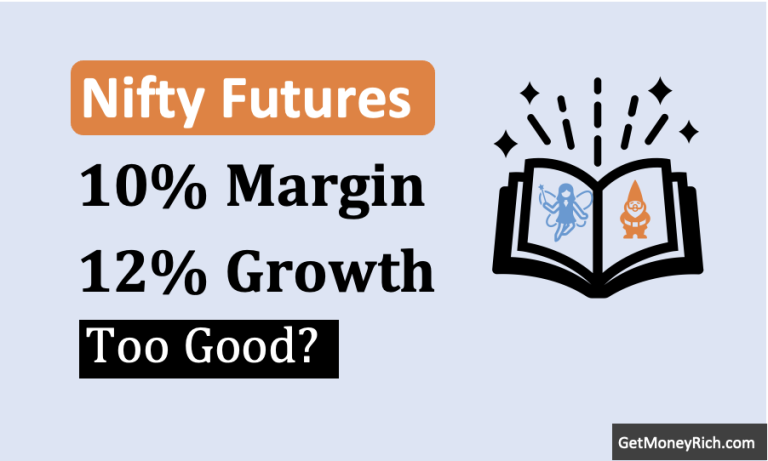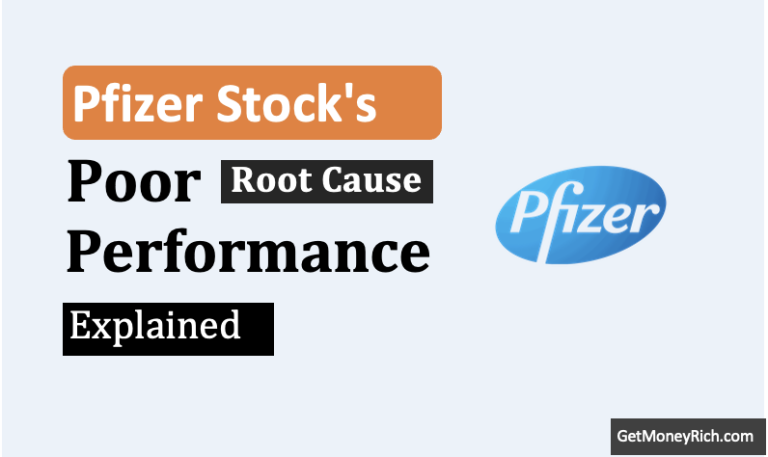To perform a Discounted Cash Flow (DCF) analysis for Aarti Industries Ltd, I’ll use the financial data I could get from my Stock Engine to outline the process and estimate the intrinsic value. Here’s a simplified approach:
1. Input Values for Discounted Cash Flow (DCF) analysis:
- Growth Rate: We’ll assume a moderate growth rate for future cash flows based on historical performance. Let’s take an average of 8.88% growth in revenue over the past 5 years as per the data.
- Terminal Growth Rate: A more conservative long-term growth rate, often aligned with long-term inflation or GDP growth, might be around 3.5%.
- Discount Rate (WACC): Considering the risks in the chemical industry, let’s assume a Weighted Average Cost of Capital (WACC) of 12%. It will be reasonable for companies with a moderate level of debt and operating in a competitive market.
- Free Cash Flow (FCF): The latest TTM (Trailing 12 Months) Free Cash Flow was not directly provided, but we can infer from the profit figures. Assuming that FCF is roughly 50% of the TTM profit after tax (Rs.480 Cr), we estimate FCF at Rs.240 Cr for simplicity.
2. Steps for DCF
Step 1: Forecast Free Cash Flows
- Year 1-5: Using the 8.88% growth rate:
- Year 1: ₹240 Cr * 1.0888 = ₹261.31 Cr
- Year 2: ₹261.31 Cr * 1.0888 = ₹284.53 Cr
- Year 3: ₹284.53 Cr * 1.0888 = ₹309.8 Cr
- Year 4: ₹309.8 Cr * 1.0888 = ₹337.3 Cr
- Year 5: ₹337.3 Cr * 1.0888 = ₹367.3 Cr
To estimate the terminal value, we will also need to know that FCF in Year 6th.
- Year 5: ₹367.3 Cr * 1.0888 = ₹400 Cr
Step 2: Terminal Value
- Let’s calculate the Terminal Value:
- Terminal Value = FCF in Year 6 / (Discount Rate – Terminal Growth Rate)
- FCF Year 6 = ₹400 Cr
- TV after year 5th = ₹400 / (0.12 – 0.035) ≈ ₹4,700 Cr
Step 3: Present Value (Discount Back the Cash Flows)
Discount each year’s FCF and the Terminal Value back to present value using the WACC.
- Year 1-5: Calculating Present Value (PV) using 12% WACC as the discount rate:
- PV of FCF in Year 1: ₹261.31 Cr / (1+0.12)^(1) = ₹233.31
- PV of FCF in Year 2: ₹284.53 Cr / (1+0.12)^(2) = ₹226.83
- PV of FCF in Year 3: ₹309.8 Cr / (1+0.12)^(3) = ₹220.51
- PV of FCF in Year 4: ₹337.3 Cr / (1+0.12)^(4) = ₹214.36
- PV of FCF in Year 5: ₹367.3 Cr / (1+0.12)^(5) = ₹208.42
- Terminal Value of FCF in Year 5: ₹4700 Cr / (1+0.12)^(6) = ₹2381.17
- Sum of Present Value (PV) of all future cash flows = ₹3,484.59
| Year | FCF (₹) | PV of FCF (₹) |
| 1 | ₹ 261.31 | ₹ 233.31 |
| 2 | ₹ 284.53 | ₹ 226.83 |
| 3 | ₹ 309.8 | ₹ 220.51 |
| 4 | ₹ 337.3 | ₹ 214.36 |
| 5 | ₹ 367.3 | ₹ 208.42 |
| 6 | ₹ 4700 | ₹ 2381.17 (Terminal Value) |
| – | Total PV of all FCF’s = | ₹ 3,484.59 |
Step 4: Intrinsic Value
Intrinsic value will be calculated by dividing the total PV of all future FCF’s by the number of shares outstanding.
For Aarti Industries, number of shares outstanding is equal to 36.25 number crore.
- Intrinsic Value = ₹ 3485 / 36.25 = ₹ 133 per share.
- The current share price of Aarti Industries is Rs.475 per share.
In comparison, it looks like at the current market value of Rs.475 per share, Aarti Industries look extremely overvalued.
Conclusion
Future Business Prospects of Aarti Industries
- Industry Growth: The chemical sector in India, particularly the specialty chemicals segment where Aarti Industries operates, is anticipated to see significant growth. Reports suggest a growth trajectory for the Indian chemical industry at a CAGR of 11-12% through 2027. There are expectations that it will reach a market size of $300 billion by 2025. Specialty chemicals are expected to be a lucrative segment. It will be driven by both domestic and global demand, especially as firms look to diversify from China due to regulatory and geopolitical reasons.
- Aarti Industries’ Position: Aarti Industries has established itself as a leading manufacturer in the specialty chemicals space. It has a strong focus on R&D, a diversified product portfolio, and a global presence. Their strategic investments in capacity expansion, as indicated by planned capex for FY25, suggest a commitment to capturing market share and benefiting from sector growth.
- Global Trends: The push for sustainability, regulatory changes in major markets like Europe regarding chemicals, and the ongoing ‘China Plus One’ strategy by global companies could benefit Aarti Industries by increasing demand for Indian specialty chemicals. Their focus on high-value products and expanding into new chemical value chains positions them well for future growth.
- Challenges: Short-term challenges include global demand slowdowns, particularly in sectors like textiles and automotive, which directly impact chemical demand. Price volatility of raw materials and competition from other low-cost producers could also pose risks. However, Aarti’s focus on value-added products might mitigate some of these issues.
Long-term Outlook for Chemical Companies:
- Market Expansion: Over the next 8-10 years, the Indian chemical industry is expected to not only expand domestically due to increased consumer demand and industrial growth but also globally due to shifts in manufacturing bases. India’s competitive labor costs, government support through initiatives like PLI (Production Linked Incentive) schemes, and a push towards self-reliance in chemical production could foster this growth.
- Technological Advancements: As chemical companies invest in technology for better efficiency, lower environmental impact, and new product development, there will be an increased focus on sustainability and innovation. This could lead to premiumization in the market where Aarti Industries might benefit due to its R&D capabilities.
- Regulatory Environment: With increasing global emphasis on environmental regulations, chemical companies will need to adapt. Firms like Aarti that are proactive in sustainable practices might find themselves at an advantage, potentially capturing markets where eco-friendly products are in demand.
Intrinsic Value vs. Current Share Price Analysis:
- Current Scenario: Given our calculation, Aarti Industries’ intrinsic value is significantly lower than its current market price (Rs.133 vs. Rs.475). It suggest, the stock might be overvalued at present. This could reflect high market expectations for future growth or speculative investments.
- Future Intrinsic Value:
- Expansion: If Aarti continues to execute its growth strategy effectively, improves margins, and captures new markets, particularly in emerging high-growth areas like specialty chemicals for pharmaceuticals or agrochemicals, the intrinsic value could expand over time.
- Contraction: However, if global economic conditions deteriorate, raw material costs rise without corresponding price increases, or if anticipated growth does not materialize, the intrinsic value might contract. The company’s ability to manage costs, innovate, and adapt to market changes will be crucial.
- Investment Perspective: Investors should consider not just the current discrepancy between intrinsic value and market price but also the potential for future growth in the industry.
While the current intrinsic value suggests caution, the long-term prospects for Aarti Industries and the broader chemical sector in India look promising. There are structural growth drivers that supports this optimism.
A value investor would buy stocks like Aarti Industries when nothing is going well for them. The stock is at 52W Low, sales are falling, and sentiments around the company is most negative. It is not easy to commit to a stock during such times. The balancing factor that can work in favour of such beaten down companies is investors confidence on the company’s top management.
Have a happy investing.





